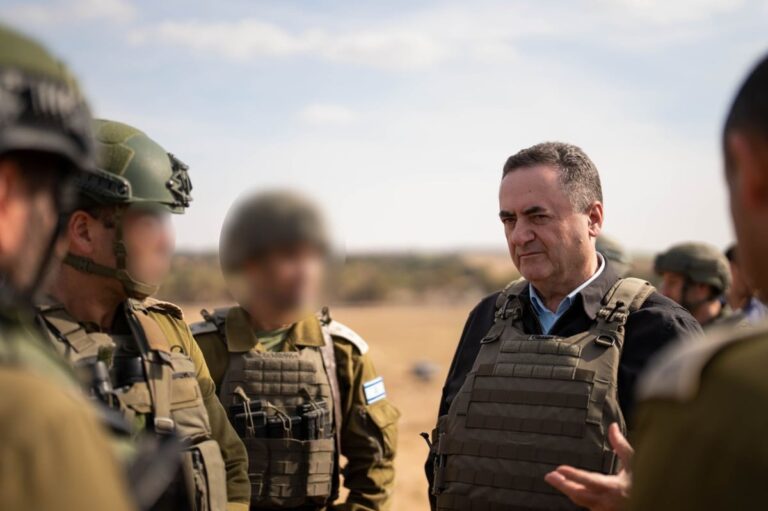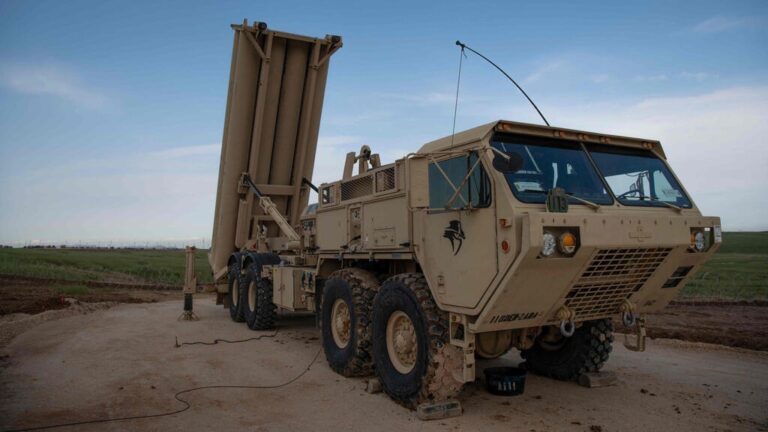The U.S. military launched several airstrikes this week in support of Afghan government forces fighting Taliban insurgents, including in the strategically important province of Kandahar, officials said Thursday.
The strikes demonstrate U.S. intentions to continue supporting Afghan forces with combat aircraft based outside the country, at least until the scheduled conclusion of the U.S. military withdrawal on Aug. 31. The Biden administration has not said whether it will continue that support after the pullout is complete.
The U.S. has a variety of combat aircraft based in the Middle East within range of Afghanistan, including warplanes aboard an aircraft carrier in the region and fighters and bombers in the Persian Gulf area.
Asked by a reporter about news reports of a Navy FA-18 airstrike in the Kandahar area, Pentagon press secretary John Kirby did not confirm specifics, including the type of aircraft or location, but said, “In the last several days we have acted, through airstrikes, to support the ANDSF,” using an acronym for the Afghan national defense and security forces. “But I won’t get into technical details of those strikes.”
These are the first known U.S. airstrikes in Afghanistan since Gen. Scott Miller, who had been the top U.S. commander in the country, relinquished his command and left the country last week. The authority to launch airstrikes against the Taliban has since been in the hands of Gen. Frank McKenzie, the commander of U.S. Central Command, who oversees U.S. military involvement in the greater Middle East.
Following Kirby’s comments, another defense official said that on Wednesday and Thursday, the United States conducted a total of more than four airstrikes in support of Afghan forces. At least two of the strikes were to destroy military equipment, including an artillery piece and a vehicle, that the Taliban had taken from Afghan forces, the official said. The Afghans requested those strikes, as well as those targeting Taliban fighting positions, including at least one strike in the southern province of Kandahar.
U.S. officials have urged the Afghans to make use of their own combat aircraft, as well as their U.S.-trained ground forces. In recent months the Afghan forces have ceded a significant amount of territory to the Taliban, raising questions about their ability to hold out after the U.S. completes its withdrawal.
At a Pentagon news conference Wednesday, Gen. Mark Milley, chairman of the Joint Chiefs of Staff, said the future of Afghanistan is in the hands of the Afghan people, urging them to assert their will on the battlefield.
“The Afghan security forces have the capacity to sufficiently fight and defend their country, and we will continue to support the Afghan security forces where necessary in accordance with the guidance from the president and the secretary of defense,” Milley said.
Milley said the Taliban now control about half of the 419 district centers in Afghanistan, and while they have yet to capture any of the country’s 34 provincial capitals, they are pressuring about half of them. As the Taliban seize more territory, the Afghan security forces are consolidating their positions to protect key population centers, including Kabul, he said.
“A significant amount of territory has been seized over the course of six, eight, 10 months by the Taliban, so momentum appears to be — strategic momentum appears to be — sort of with the Taliban,” Milley said.
Defense Secretary Lloyd Austin said that after Aug. 31, which is the end date set by President Joe Biden for completing the military withdrawal, the main U.S. military focus will be on countering threats to the U.S. homeland from extremist groups inside Afghanistan. He added that the administration will provide financial and other kinds of support to Afghan defense forces, even with no combat troops or strike aircraft based there.
“Make no mistake that we remain committed to helping the Afghan security forces and the Afghan government going forward, and we are doing what we said we were going to do in terms of putting the pieces in place to ensure that we can provide that support,” Austin said.
(AP)











